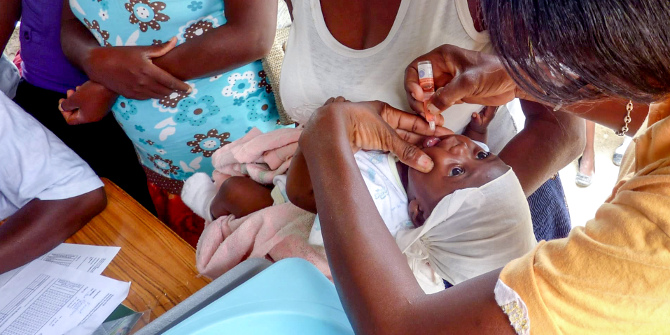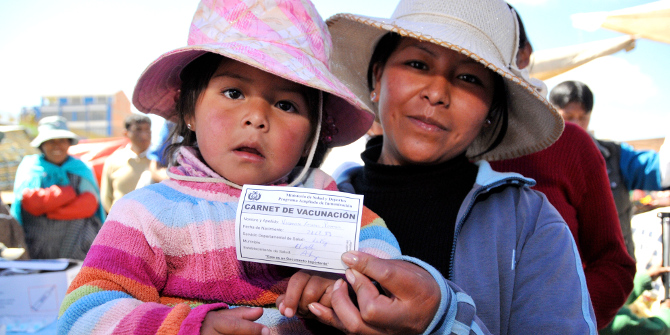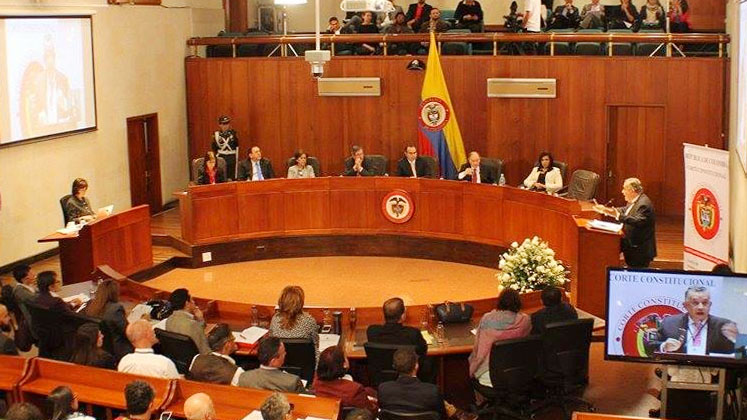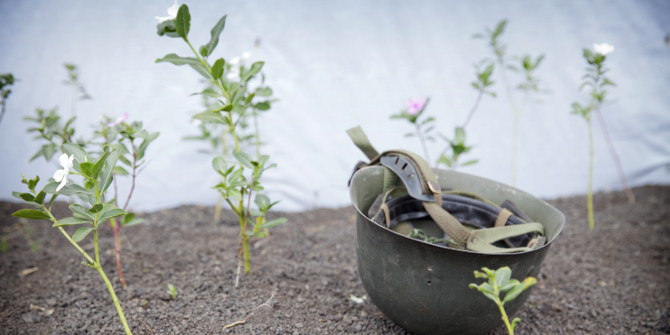 LSE postgraduate Mario Jiménez, selected by Forbes Magazine as one of the 30 most influential young professionals in European healthcare, explains how the Global Alliance for Vaccines and Immunisation has reduced costs, increased access, and bolstered the sustainability of immunisation programmes in the region and beyond.
LSE postgraduate Mario Jiménez, selected by Forbes Magazine as one of the 30 most influential young professionals in European healthcare, explains how the Global Alliance for Vaccines and Immunisation has reduced costs, increased access, and bolstered the sustainability of immunisation programmes in the region and beyond.
In the early 1970s, global immunisation rates barely reached five percent, resulting in a significant number of preventable deaths, especially in poor countries with underdeveloped healthcare systems. This led the World Health Organization (WHO) to launch the Expanded Program on Immunisation in order to supply basic vaccines to developing countries and help to fight preventable diseases.
Yet, twenty years later this progress came to an abrupt halt: donors had shifted their focus elsewhere and market barriers, incomplete epidemiological information, and weak operational capacities hampered child-immunisation programmes in developing countries. At the turn of the century, the developing world still had almost 30 million children who were not fully immunised against diseases classed as basic by the WHO.

These numbers spurred debate in multilateral forums and amongst international philanthropists like Bill and Melinda Gates, ultimately leading to the creation of the Global Alliance for Vaccines and Immunisation (Gavi), officially launched at the World Economic Forum in Davos, Switzerland, in the year 2000.
The aim of this new organisation was to bring together the insights and experience of the WHO, other UN agencies, governments, the private-sector vaccine industry, and civil society in order to improve childhood-immunisation coverage and to accelerate access to new vaccines. The model was designed to leverage not only financial resources but also expertise, helping to make the provision of vaccines more affordable, more widespread, and more sustainable.
One of the key features that distinguishes Gavi from traditional development programmes is that Gavi-supported states have to cover part of the programme’s cost themselves, with this contribution increasing progressively as the country’s national income grows. This encourages governments to create budget-line items for vaccines where previously there were none, which promotes long term sustainability. Having made their own investment, recipient countries can no longer adopt a hands-off approach, having instead to take responsibility for the development of their own healthcare sector in partnership with Gavi and its donors.
Thanks to economic growth and the implementation of sustainability mechanisms, the annual value of co-financing for vaccines in Gavi-supported countries increased from $32 million to $84 million over the period 2010-2015.
A second important strategy has been to cooperate closely with specialised partner entities such as UNICEF’s Supply Division. This has allowed for a huge increase in the supply of new vaccines, with market power being used to bring down prices. Essentially, predictable long-term funding for immunisation products combines with this aggregation of demand across various countries to create economies of scale for manufacturers, which in turn reduces prices and allows for increased supply.
These efforts have brought down the total price of vaccinating a child against diphtheria, tetanus, pertussis, hepatitis B, Hib, pneumonia, and diarrhoea from $35 in 2010 to $20 in 2015. The same combination costs hundreds of dollars in the industrialised world.
In Latin America and the Caribbean, six countries have been recipients of Gavi support: since 2001: Bolivia, Cuba, Guyana, Haiti, Honduras and Nicaragua have received more than $129 million via programmes for vaccines and health-system strengthening.

This has enabled them to introduce and accelerate the uptake of new vaccines, including those combating the two main killers of children under five, pneumonia and diarrhoea. A vaccine to protect women at risk of cervical cancer, caused by the human papillomavirus, is also being introduced in the region.
Country efforts have significantly improved routine immunisation programmes, and some – such as Honduras – have distinguished themselves by making impressive leaps in reach, efficacy, and safety, above and beyond the successes of their peers.
Aside from Haiti, all of the region’s recipient countries have reliably met increased co-financing obligations over the years. And in countries with sustained economic growth, governments have even achieved full control and financing of their own immunisation programmes. Honduras transitioned out of Gavi support in 2016, Guyana did likewise in 2017, and Bolivia and Cuba will follow suit in 2018.
These achievements in Latin America and the Caribbean have contributed to unprecedented levels of immunisation worldwide, with Gavi having provided life-saving vaccines to more than 580 million children in the world’s 73 poorest countries so far.
The next challenge is to ensure that vaccination efforts and equitable uptake of vaccines are sustained once Gavi support ends. To address this issue, Gavi has been working with its partners in the region – the Pan-American Health Organization/WHO, UNICEF, and the World Bank – to prepare transitioning countries to take full financial and administrative responsibility for vaccine procurement and regulation.
In practice, this means raising awareness of vaccine prices and their potential impact on national budgets as early as possible in order to support conversion planning. The aim is to strengthen budgetary and planning processes, vaccine-procurement policies and practices, national regulatory capacity, and vaccine safety, as well as promoting legislative provision for immunisation. To date four of Gavi’s six Latin American and Caribbean partner countries have developed or consolidated legislation protecting specific budget lines for procurement of vaccines.
But even greater efforts will be required to reach every child in a region blighted by persistent inequality. Only with increased public spending on immunisation – the basis for primary healthcare – and sustained improvements in the efficiency of health systems will we be able to ensure, as we must, that universal healthcare becomes a reality for everyone.
Notes:
• The views expressed here are of the authors rather than the Centre or the LSE
• Please read our Comments Policy before commenting





